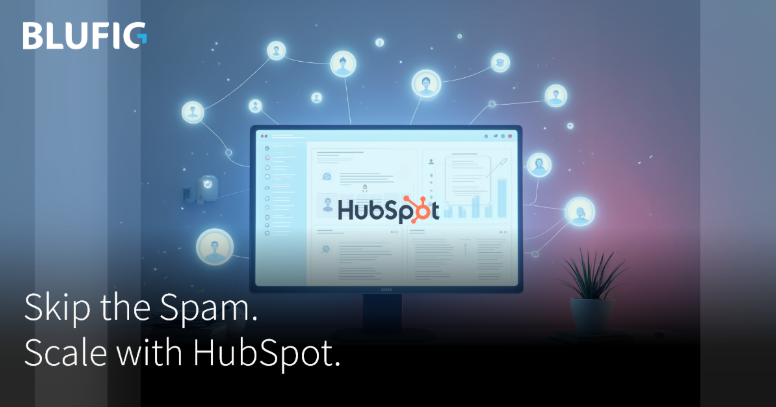In today’s interconnected world, businesses rely on digital marketing to reach customers, increase brand awareness, and drive sales. But what is digital marketing exactly? Simply put, it refers to any marketing effort that utilizes electronic devices or the internet. Digital marketing leverages online channels such as search engines, social media, email, and websites to connect with potential customers.
Unlike traditional marketing, which relies heavily on print media, radio, and television, digital marketing offers businesses a dynamic and measurable way to reach their audience, often at a fraction of the cost. It provides real-time results, allowing businesses to refine and adapt their strategies based on consumer behavior.
Types of Digital Marketing
Digital marketing encompasses several techniques and channels, each serving different purposes. Let’s explore the key types of digital marketing:
1. Search Engine Optimization (SEO)
SEO involves optimizing your website to rank higher in search engine results, increasing organic traffic. By targeting relevant keywords and creating high-quality content, businesses can attract visitors without paying for ads. SEO focuses on both on-page optimization (like keyword usage and content quality) and off-page optimization (like backlinks).
2. Pay-Per-Click (PPC) Advertising
PPC is a paid digital marketing strategy where businesses pay a fee each time their ad is clicked. Google Ads and social media platforms like Facebook and LinkedIn offer PPC advertising, allowing businesses to target specific demographics and measure campaign performance. It is particularly useful for B2B digital marketing strategies, where precision targeting is key to reaching the right decision-makers.
3. Content Marketing

Content marketing focuses on creating valuable, relevant content to attract and engage an audience. Blog posts, articles, infographics, and videos are examples of content that helps build trust and authority. Over time, content marketing can generate leads and nurture customer relationships by addressing pain points and offering solutions.
4. Social Media Marketing
Social media platforms like Instagram, Twitter, and LinkedIn are excellent channels for businesses to connect with their audience. Social media marketing can help brands promote content, engage with followers, and run targeted advertising campaigns. B2B companies often use LinkedIn for professional networking, while B2C businesses might rely on Facebook or Instagram for customer engagement.
5. Email Marketing
Email marketing is one of the most cost-effective forms of digital marketing. It involves sending targeted emails to customers or leads to promote products, services, or content. Personalized email campaigns help build relationships, encourage repeat business, and can be an integral part of b2b digital marketing strategies.
6. Affiliate Marketing
Affiliate marketing involves partnering with individuals or companies (affiliates) to promote your products or services. Affiliates earn a commission for each sale they generate through their unique referral links. This form of digital marketing is commonly used in e-commerce businesses.
7. Influencer Marketing

Influencer marketing leverages the audience of influential individuals on platforms like Instagram or YouTube. Brands partner with influencers who align with their values and target audience to promote products or services. It’s especially effective for reaching younger, digitally savvy consumers.
Digital Marketing Strategies
1. Create a Buyer Persona
A buyer persona is a semi-fictional representation of your ideal customer. It helps businesses understand the needs, pain points, and behaviors of their target audience. By creating detailed personas, you can tailor your digital marketing efforts to address specific challenges and offer solutions that resonate with your audience.
For example, digital marketing in B2B often focuses on decision-makers like CEOs, department heads, and purchasing managers. Understanding their goals and challenges can help in crafting relevant messages that convert leads into customers.
2. Utilize Data-Driven Marketing
One of the biggest advantages of digital marketing is the ability to collect and analyze data. This allows businesses to measure the performance of their campaigns and adjust their strategies accordingly. Tools like Google Analytics, HubSpot, and SEMrush provide detailed insights into user behavior, traffic sources, and conversions. These insights can be used to improve SEO, refine content marketing, or optimize PPC ads.
3. Leverage SEO for Organic Growth
Search engines like Google are often the first-place potential customers look for information. Ranking higher in search engine results through SEO efforts is crucial for driving organic traffic to your site. A well-rounded SEO strategy includes both on-page SEO (e.g., meta tags, keyword optimization) and off-page SEO (e.g., link-building). The goal is to make your website more visible to people searching for relevant products or services.
4. Invest in PPC for Immediate Results
While SEO can take months to show results, PPC offers immediate visibility. By targeting specific keywords, locations, and demographics, businesses can ensure their ads appear in front of the right audience. PPC is particularly effective for launching new products, promoting special offers, or expanding into new markets. In B2B digital marketing strategies, PPC can drive qualified leads and increase conversion rates.
5. Nurture Leads with Email Marketing
Email marketing remains one of the most powerful ways to nurture leads and build long-term relationships with customers. Whether it’s a welcome series, newsletters, or abandoned cart email, personalized email campaigns can keep your brand top-of-mind. Automating email marketing efforts allow businesses to send timely, relevant content to their subscribers, leading to higher engagement and conversions.
6. Harness the Power of Social Media

Social media marketing is more than just posting updates. It’s about engaging with your audience, sharing valuable content, and building a community around your brand. For B2C companies, platforms like Instagram and Facebook can drive brand awareness and sales, while B2B companies might find LinkedIn more effective for networking and lead generation.
7. Incorporate Video Marketing
Video content has become a cornerstone of digital marketing. Platforms like YouTube, TikTok, and Instagram Stories offer businesses a way to showcase their products, tell stories, and connect with audiences on a personal level. From explainer videos to customer testimonials, video marketing can humanize your brand and create emotional connections with viewers.
Real-World Examples of Digital Marketing Success
Slack’s Content Marketing Success
Slack, a business communication platform, uses content marketing effectively by providing insightful blog posts and case studies tailored to the needs of its audience. Their content not only educates users but also demonstrates the platform’s value in improving workplace communication.
HubSpot’s Email Marketing Strategy
HubSpot excels in email marketing by offering valuable resources, tutorials, and industry insights to its subscribers. Their personalized email campaigns focus on nurturing leads, which is a key element in b2b digital marketing strategies.
Airbnb’s Social Media Marketing
Airbnb uses social media to build a global community of travelers and hosts. They leverage user-generated content, such as photos and testimonials, to inspire others to book experiences through their platform.
Final Thoughts
In conclusion, what is digital marketing? It’s an ever-evolving field that blends creativity with data-driven strategies to reach and engage customers. Whether you’re a B2B or B2C business, digital marketing offers a wide range of tools and techniques to grow your brand, boost sales, and stay competitive in today’s digital landscape. By investing in SEO, PPC, content marketing, and social media, businesses can create a robust online presence that drives results.





